5 Hacks to Get Chosen as a Source on Perplexity

Since the development of LLMs a handful of years ago, companies have been trying to use AI systems for just about everything. One of the more common use cases to emerge is searching, filtering, summarizing, and otherwise digging into information.
In the past, to do that, you would need to use a search engine like Google, alongside a bunch of critical thinking skills and a healthy dose of logical reasoning. Being able to validate a source, extract relevant information, and synthesize conclusions was a lot of work, but it was also indispensable.
These days, a lot of different LLM systems are popping up to handle this for you, with varying degrees of utility. Google's AI overviews, ChatGPT's live web results, and the pseudo-search engine Perplexity are all prominent and have spawned the entire field of AI SEO, as marketers search for ways to be the leading source cited by the LLMs.
There are problems with relying on LLMs to do your thinking for you, but that's not really what I'm here to talk about today.
Perplexity has tens of millions of users monthly, and that's a pretty significant audience. When users ask Perplexity a question, the answers provided often have between two and six sources attached. Users who want to verify the information they're given will often check those sources, which leads to more traffic and potential links and conversions for your site.
So, how do you become one of those top sources? I've seen a lot of people talk about various Perplexity hacks to get themselves cited, so I wanted to dig in and see what works, what doesn't, and what might do more harm than good.
You've probably heard the near-meme of the only way to get good Google results these days being to add "site:reddit.com" to your queries, right?
The idea being that, while blogs and corporate sources are biased and compromised, genuine user discussion on social networks like Reddit can still be very valuable.
Obviously, this has a lot of issues as a concept. For one thing, Google is great at filtering out the least relevant content, and corporate blogs are still often high quality, even if they have a bit of a bias. For another, Reddit is really easy to astroturf by a company that wants to put its money and effort into it.
Still, a lot of people look to social media results for their information, often preferentially. Perplexity has taken advantage of that by offering a "focus mode" that will preferentially search certain types of pages rather than the whole of their index.
Since a huge amount of that social information comes from Reddit, getting yourself into discussions on relevant subreddits will be hugely beneficial.
There are, however, a couple of things you need to consider with this hack.
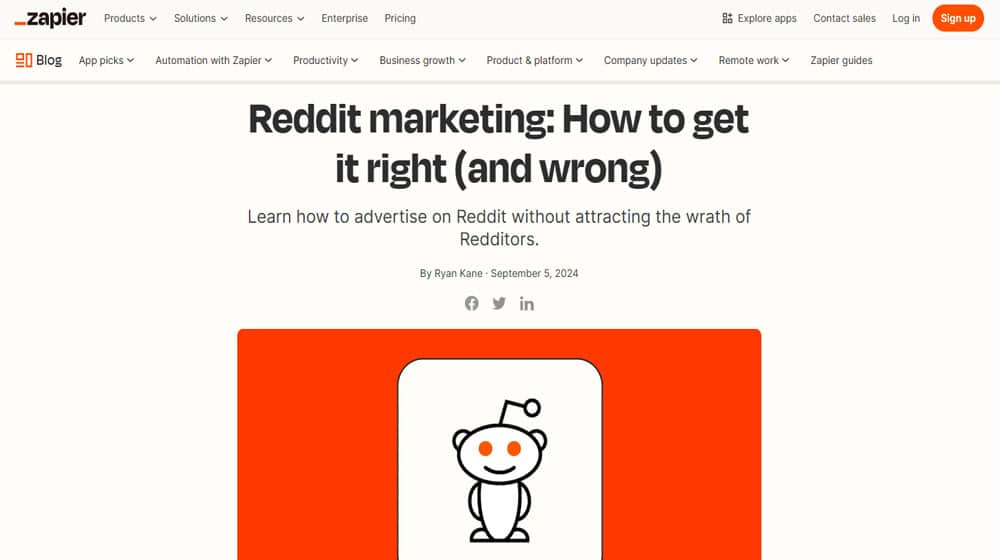
The first is that being present on Reddit requires a lot of time, effort, and attention. You have to identify the relevant subreddits Perplexity is going to find, you have to spend time putting yourself out there, and you have to do it in a way that won't violate various subreddit rules and get your posts downvoted or removed.
Second, this is still going to lead users to Reddit, not to your site. It's not a bad thing to get your brand name, your information, your citations, and references to you out there, but it's still second-order traffic.
Third, Reddit isn't the only social network that Perplexity will identify and cite. For robust coverage, you'll also want to be visible on LinkedIn, Quora, Facebook, X, and possibly other social networks as well.
You can try giving Perplexity's focus more of a shot yourself, see what social networks pop up most often, and target them. Different businesses in different industries will see different results from different sites, and you can tailor your efforts to what you find.
Perplexity Hack #2: Be a First-Party Data Source
Telling you to "do a case study" doesn't seem like a hack, but it kind of is.
See, one thing that Perplexity leans into is trying to find first-hand data to cite. If you ask it a question that is answered by an industry-wide study done by Microsoft, Moz, or another authority, it's going to cite that study directly, rather than the thousands of blogs that cover and analyze it.
After all, why would the LLM need to filter editorialized information when it can do the editorializing itself?
So, one sure-fire way to be one of the cited sources in Perplexity is to be the first-party provider of the data it wants to cite.
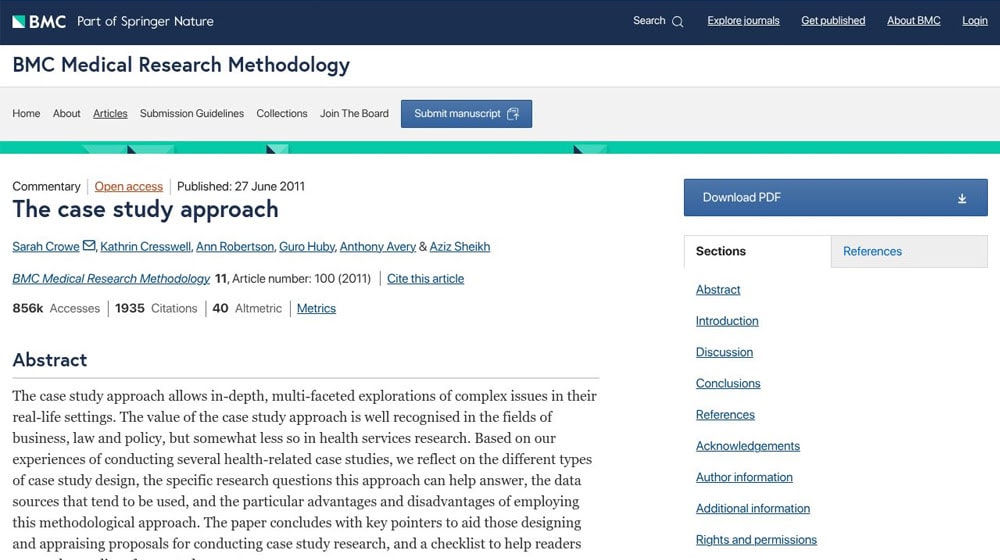
Now, here's where the hack comes in: your study doesn't have to be good.
LLMs look at how language meets the mathematical relation map between words. It understands, broadly speaking, what shape a case study looks like. What it doesn't know is what any of it means, or how to tell a good study from a bad study. People might, but people also might not check when they assume the AI has checked for them.
That means you can develop small-scale case studies, present them in a format that resembles larger and more industry-leading studies and white papers, and get them picked up by the LLMs.
Note that I am not telling you to lie, here. Don't just make things up as a study and try to pass it off as legitimate, because once actual people start looking at it, it will fall apart.
What I'm saying is, you can do case studies with small samples and small scope, and still get the citations from Perplexity as if they were larger and more influential. Because, again, the LLMs are just looking for things with the same shape as authoritative studies, and it doesn't know what anything in it means beyond that shape.
You can get extra mileage out of this by pointing your link-building efforts at your study as well. Perplexity will see that there are links from other sites it considers authoritative, all pointing at your study, and will promote it more.
The other trick is to make sure your study is narrowly targeted at the kind of query you're trying to be cited for in Perplexity. If you just do a study that isn't relevant to what people are asking the LLM search, you aren't going to show up.
Perplexity Hack #3: Become a News Source
This one also pushes the boundary of what you might consider a "hack", but it's another way to very effectively get into the LLM citations list.
Become a news source.
This has, for a long time, been one of those difficult choices for bloggers to make. News content can get a big surge of traffic and interest, but it's also difficult to achieve unless you have a very rapid content production turnaround, industry connections to get tips on what to cover, and insight to cover what people are going to be interested in.
Conversely, evergreen content is easier to write, allows a longer timeline for turnaround, and brings in value for longer. For a long time, that has meant news feeds are for a small selection of sites that have the resources to support it.
That math is starting to change, and it's entirely because LLMs are often primed to look at more recent resources when they can. Whether it's because someone is using the "news" sources list in Perplexity, or just because the latest iterations of LLMs aim to get the latest information, it doesn't really matter.
So, if you can set up a feed where you publish industry news, you can gain the attention as a feed for the LLMs. Even if all you're doing is curating or syndicating posts from other sources, if you can be the one people go to, you can end up cited.
One tertiary note here is that, since Perplexity and the other big LLMs have a recency bias, you'll also benefit from keeping your core content updated, along with "last updated: now" anchors for your publication date. Google can tell when content was published through their index, but Perplexity will trust your dates.
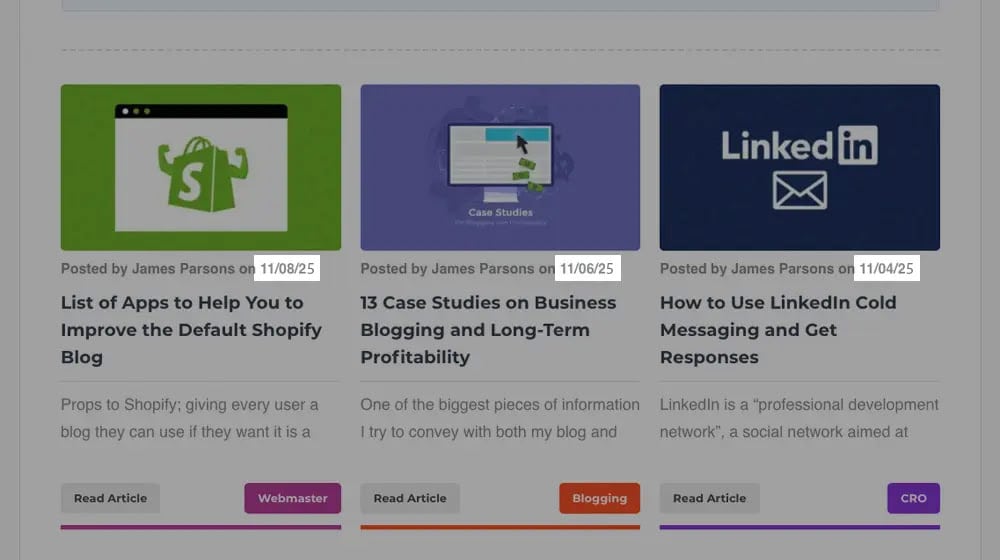
There's one potential problem with this, and it's Google's major hit on parasite SEO over the last year or so. Even major domains like Forbes lost a lot of value because their subdomains, where they let paying customers post whatever they wanted to leech off the Forbes.com SEO clout, got hammered. Sites that relied on those sections for traffic also tanked.
So, if you're going to set up a news feed, don't just let people post to it. Curate it, editorialize it, add value to it. The more it looks like an unfiltered feed, the more Google is going to hate it, and let me tell you: no matter how much value you get from Perplexity, it isn't worth losing the same or more from Google.
Perplexity Hack #4: Optimize Content for Easy Pull Quotes
This one is honestly something you should already be doing. Ever since the advent of Twitter, people have been looking for pithy, headline-length quotes for information rather than deeper reading. It's why shorter sections and plenty of formatting work better than walls of text.
In the heyday of Twitter, optimizing for short pull quotes was ideal to get a punchy statement tweeted. There were even tons of "click to tweet" plugins and enhanced links to help.
These days, even if X isn't nearly the powerhouse it used to be, the way it reshaped our collective attention spans is seemingly permanent. The LLMs were all themselves trained on massive amounts of information, a lot of which was either short bits pulled from social media or content formatted to work well on social media.
All of that means use short, punchy sentences to convey specific meaning.
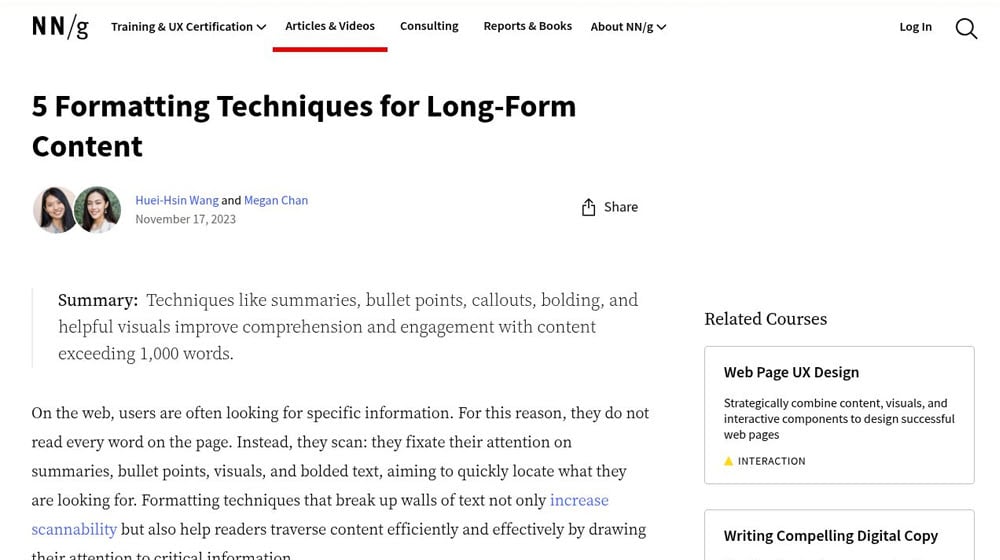
In a typical blog post, you might use subheadings to do some of this, but you'll also want lots of other short-form information, too. Individual sentences with bolding to push forward information. Pull quotes highlighted from the rest of the text. Bulleted lists and other fast formatting.
It helps if you think of an LLM skimming your content in the same way you think of someone with a short attention span and limited time. Anything that catches their eye will likely catch the eye of the LLMs, too.
I've even started seeing some sites reformat their content as quick tables with, basically, nothing more than quick summaries for everything they wanted to convey. I don't know that I'd recommend going that far (since it won't work for Google), but it's something you could include and experiment with.
Perplexity Hack #5: Out-Do Direct Competitors
For my last hack, you'll need to look into Perplexity yourself. Here's what you do.
Start by checking Perplexity for industry-relevant queries. It doesn't matter too much which queries, specifically, you use, so long as they're the kind of queries you think your audience would be asking.
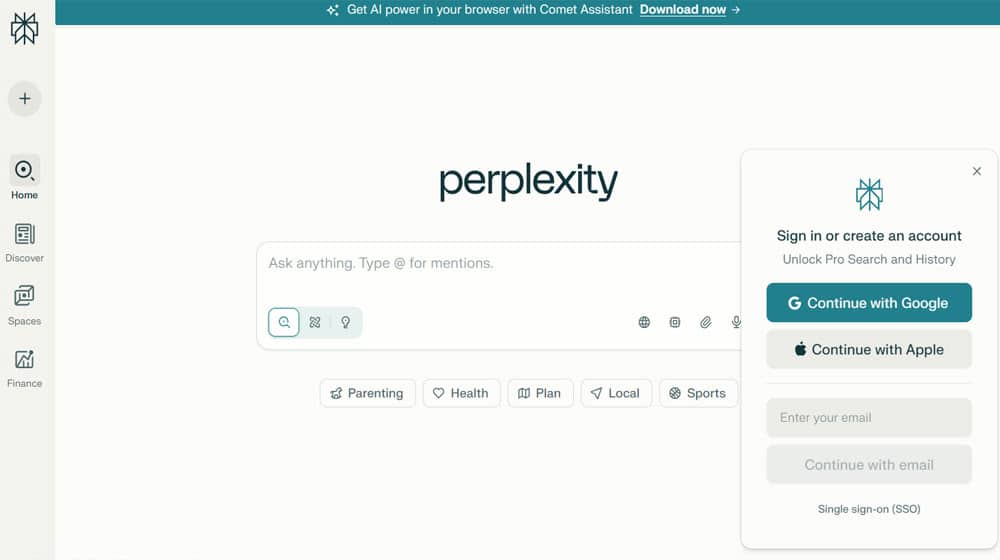
You can even directly ask your audience if they use Perplexity and what they ask it. Then, replicate their queries.
Look through the sources that are cited and identify the pages being promoted by the LLM.
From there, it's simple: just directly target those pieces of content and those sites, outdo them, and out-rank them. It's the kind of direct attack that helps you win over your competitors through the virtue of being better, and it works just as well with Google as it does Perplexity.
Sometimes you'll already have content you think is better, but isn't being picked up. In those cases, you might need to use some other techniques to boost your own content. Link building is a big one, obviously.
Remember, too, that at least some of what Perplexity draws on for its own index is Bing, so anything that targets Bing SEO can help boost you in the eyes of Perplexity.
The Dead Hack: Perplexity Pages
There's one other hack I wanted to talk about, which is actually partially what inspired this post in the first place.
Back in May of last year, Perplexity announced Perplexity Pages. This was essentially a way to use Perplexity as a sideblog, sort of like how you would use Medium.
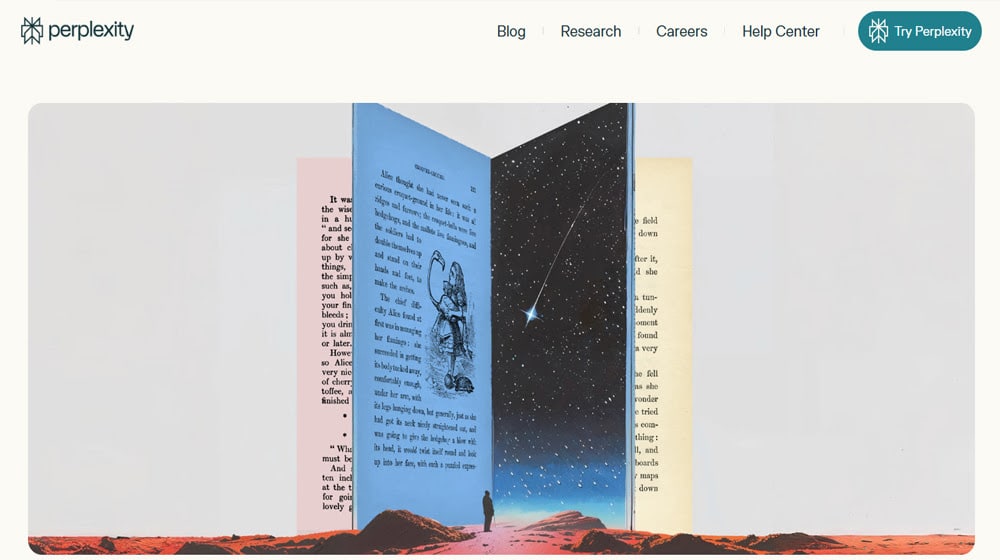
This kind of feature add-on evolves from big platforms pretty frequently. Facebook tried it with their Notes system. Google, for a bit, tried to use Blogger in sort of the same way, and later Google Plus, neither of which stuck.
The idea behind the hack was that you could use Perplexity Pages to feed your information (and branding, and links) directly into Perplexity. Sure, the LLM would take and train on the information, but let's be real: a lot of people were just using an LLM to generate the information anyway.
There was a period for a couple of months where even Google's search was filled with Perplexity.ai pages, and the Google AI overview cited them a lot. Perplexity's own search, obviously, would be able to surface resources from its own systems.
Why do I call this a dead hack, then? A couple of reasons.
The big one is the same parasite SEO problem I mentioned above. Google (and to a lesser extent, Bing) didn't like parasite SEO and has repeatedly hammered the sites and subdomains that use it.
The second, and bigger reason, is that Pages only really lasted for a couple of months before Perplexity seemingly decided to add a default noindex tag to all of them.
In my mind (and this is all supposition, so don't consider it confirmed), they did this to avoid having their main domain damaged by the eventual hit to Pages as parasite SEO.
Of course, ironically, the best source reporting on them adding a noindex tag is an indexed Pages post on the subject. I'm not sure if you can remove it yourself (which seems unlikely, otherwise it'd be a lot more common) or if occasional posts surface regardless, or what.
The fact is, this Perplexity Pages hack only seemed to exist for a few months before it was buried. I don't think it's effective or worth trying today, though you can certainly give it a shot and let me know.
Is Perplexity Traffic Worthwhile?
This is a question I can't answer yet. I don't know anyone who has gotten enough traffic from Perplexity directly to analyze whether or not it's better than Google traffic or traffic from other referrers.
I do know that sometimes Perplexity's scrapers go wild and hammer a site, and it's tempting to block them, but that would shoot your chances of being cited in the foot.
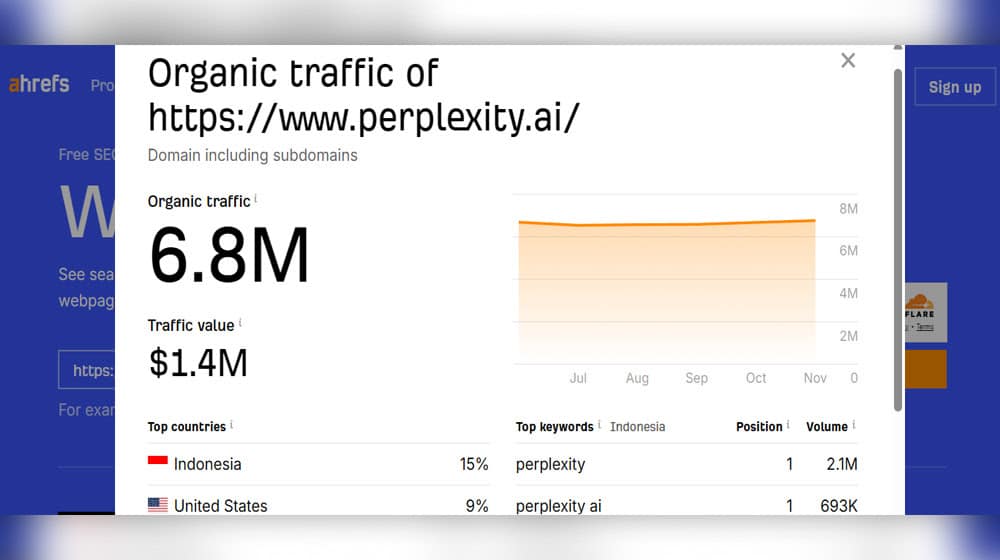
If you've gotten a significant amount of traffic from Perplexity, let me know how it compares in terms of engagement and conversion rates. I'm curious to see how well it works across different industries. And, of course, let me know if these Perplexity hacks work for you!










Comments